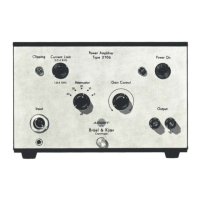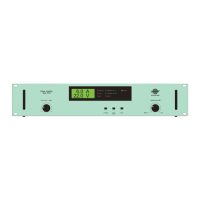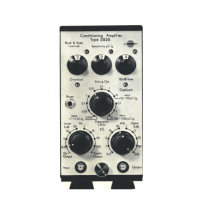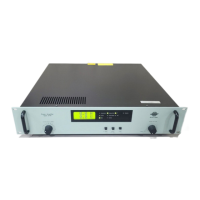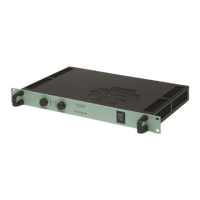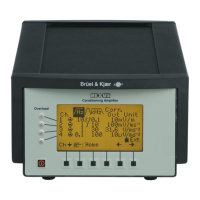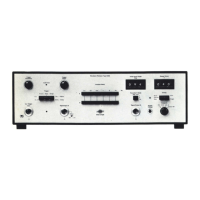Measuring Ampifier Type 2525
User Manual Vol.1
3–3
BE1406–12
Chapter 3 –Operation Overview
Preliminary
5. Re-insert the cartridge into the amplifier.
3.1.4 Rack Mounting
The 2525 is normally used free-standing on its four rubber feet. However, on cus-
tomer request, a special panel is available to allow the amplifier can be mounted on
19 inch instrumentation rack.
3.1.5 Grounding
Ground loops are a common problem in large vibration measurement installations.
The specification of DeltaTron
, Charge Floating, Charge Single-ended in the Input
Type menu (see section 5.4) determines how this problem is tackled.
If the transducer is grounded to the test structure, the potential difference V
CM
between the structure ground and the amplifier power supply ground (perhaps a
few volts) may cause a current to flow through the shield of the accelerometer cable
and through the amplifier circuits, introducing an error voltage which adds to the
input signal.
To avoid this, the accelerometer can be isolated from the structure with an isolated
stud and a mica washer, and the Input Type option “Charge Single-ended” selected.
Most DeltaTron accelerometers have built-in insulators and thus are always iso-
lated from the test structure and grounded through the amplifier (see Fig.3.1).
In other test situations, with charge transducer types, this is not always a conven-
ient solution. In these cases, by selecting the “Charge Floating” option for Input
Type you can separate the input and output grounds and suppress ground loops.
Because the ground potential difference (V
CM
) is present in both the output signal
from the input amplifier and the input ground, it is a common mode signal for the
Fig.3.1 Avoiding ground loops with Charge set to Single-ended
(grounded)
941569e
Test Equipment
Measuring Amplifier
2525
Accelerometer floating ⇒ Input type: Charge Single-ended
V
CM
~
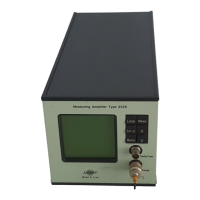
